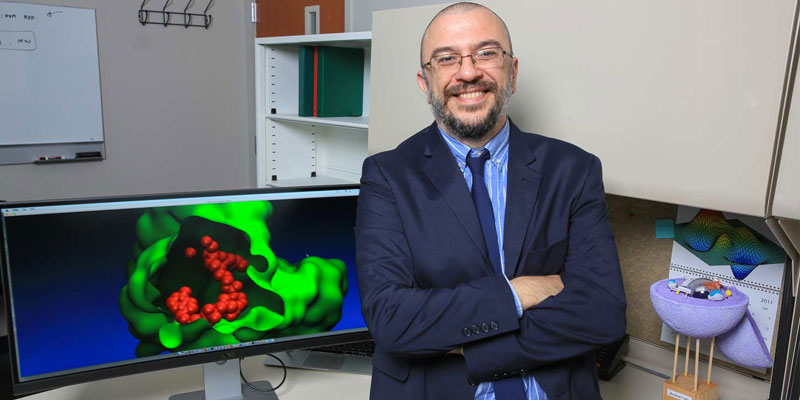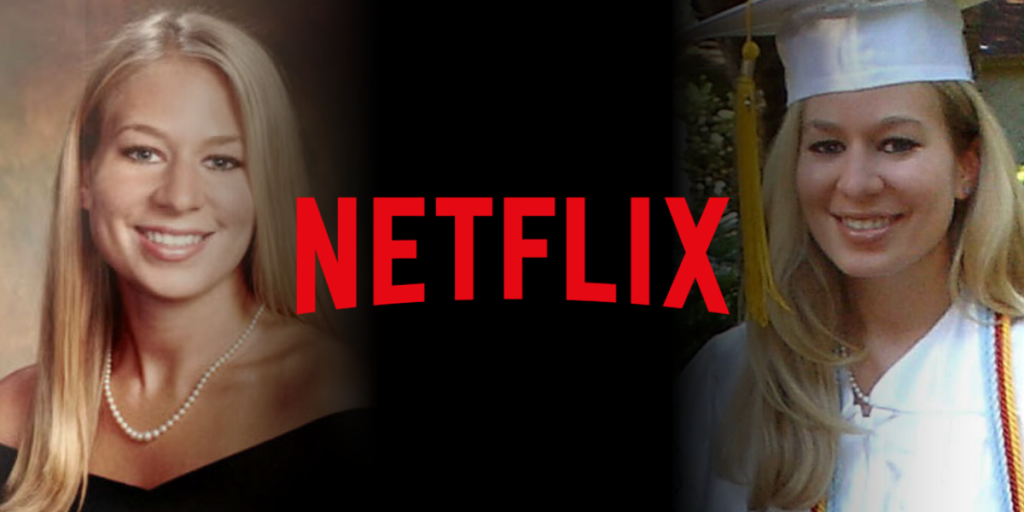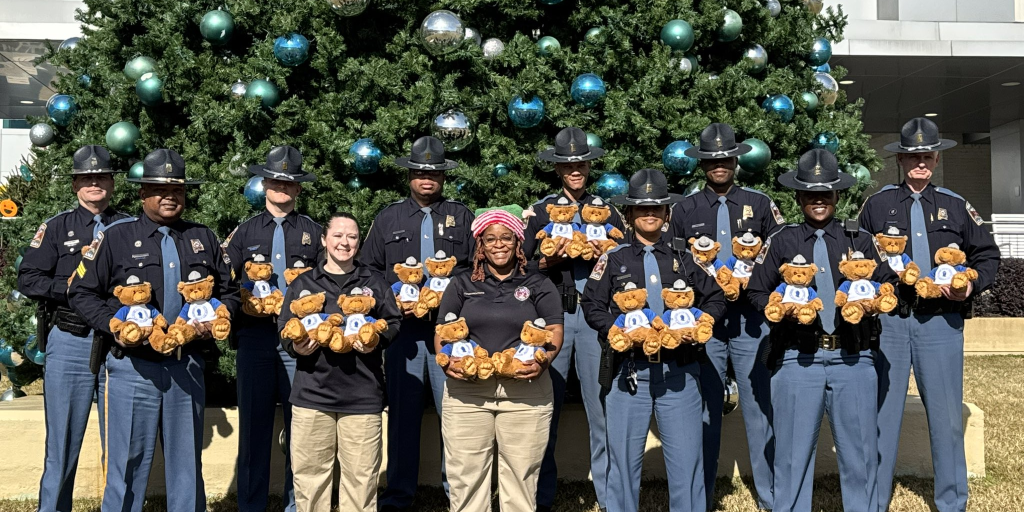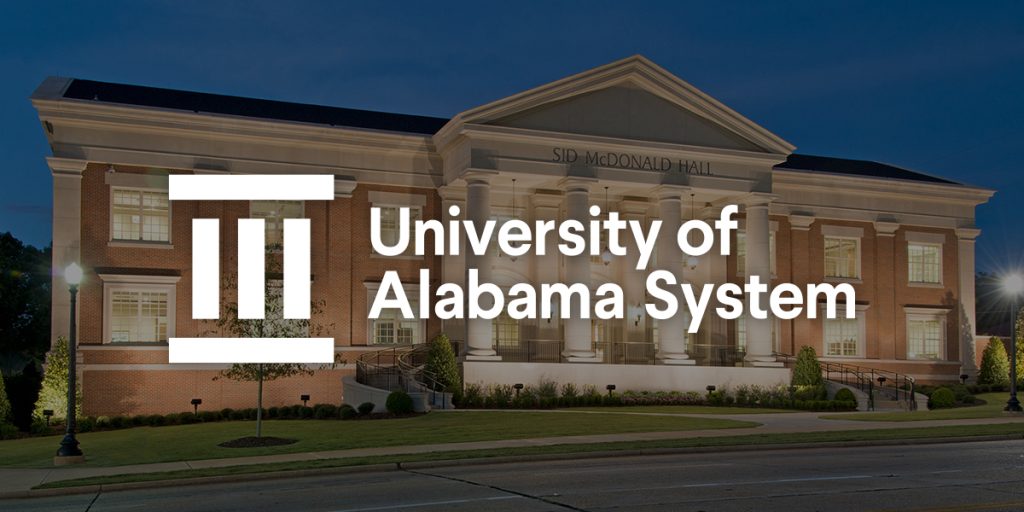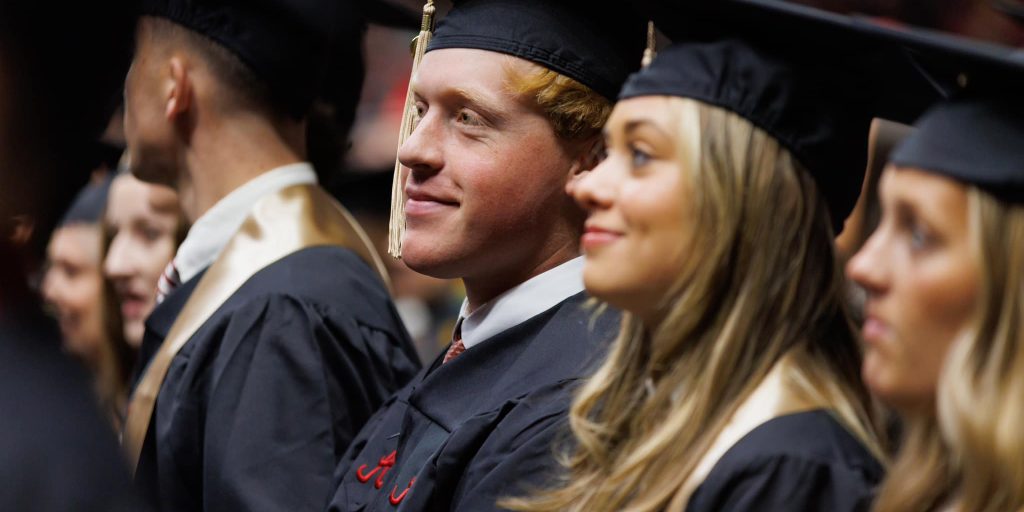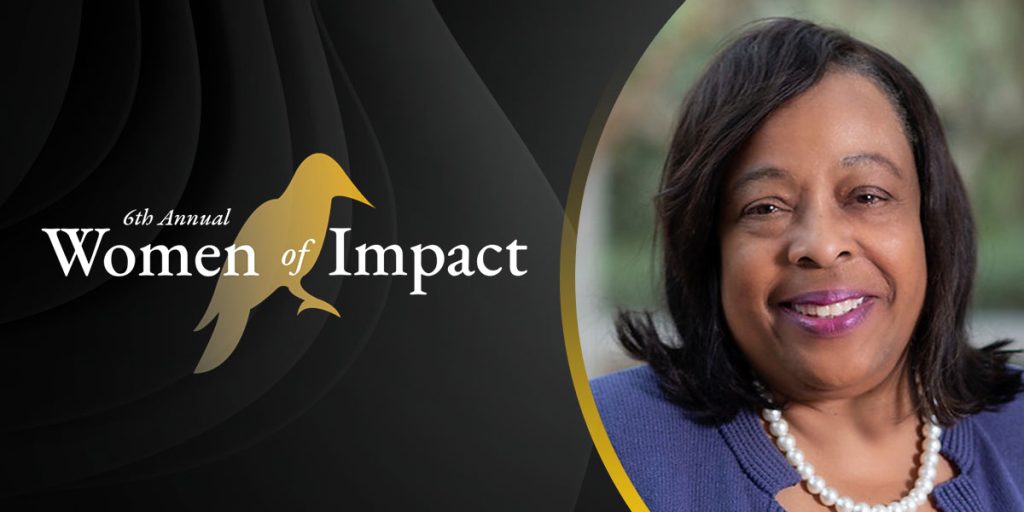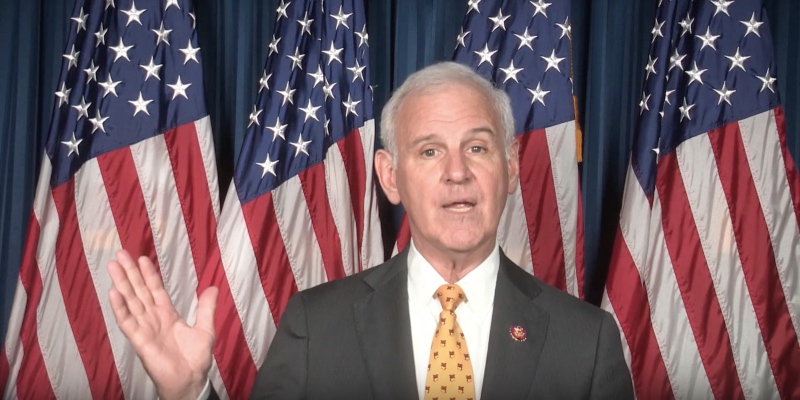University of Alabama in Huntsville (UAH) professor of biological science Dr. Jerome Baudry is collaborating with Hewlett Packard Enterprise (HPE) to use HPE’s Cray Sentinel supercomputer to search for natural products that are effective against the COVID-19 virus.
Dr. Baudry (pronounced Bō-dre) is the Ms. Pei-Ling Chan Chair in the UAH Department of Biological Sciences. The HPE partnership supports his collaborative work with the National Center for Natural Products Research (NCNPR) at the University of Mississippi School of Pharmacy.
“What this team brings to the table is a novel technology based on very powerful supercomputers and a focus on natural products,” Dr. Baudry says.
The UAH and HPE partnership is in addition to the Baudry Lab’s collaboration with a COVID-19 compound search led by Oak Ridge National Laboratory (ORNL) in Tennessee and the lab’s work with the Alabama Supercomputer Center.
“We use the laws of physics and chemistry with the Sentinel supercomputer to predict if a given natural product can ‘block’ the proteins that the virus needs to infect the cells and to replicate,” Dr. Baudry says. Natural products are chemicals made by living creatures, such as plants or fungi, and sometimes animals.
“If we can identify computationally such a natural product,” he says, “then we have colleagues who will test it in specialized labs.”
HPE has a long history of powering various research and discovery with its industry-leading supercomputing technologies. Through its Cray Sentinel supercomputer, which is located in a Microsoft Azure data center in Texas, Dr. Baudry’s team can access powerful capabilities through the cloud with Microsoft Azure to target specific drug discovery research.
HPE’s Cray Sentinel supercomputer, which features HPE’s Cray XC50 end-to-end high-performance computing (HPC) system, is capable of computing 147 trillion floating point operations per second and can store 830,000 gigabytes of data. It’s as fast as the Earth’s entire population doing 20,000 calculations every second and has storage capacity for more than 45 years of high definition video.
The first series of computations make extremely fast predictions, screening millions of chemicals in order to focus on thousands of them that offer the best potential for viral efficacy. Then a second series of slower computations provide very detailed processing of promising molecules to cherry-pick the few hundred that are predicted to be very efficient.
Dr. Baudry’s COVID-19 research journey using HPE’s Cray Sentinel system can be followed at hpe.com.
Forming the alliance
The idea for an alliance with HPE developed months before the COVID-19 crisis, following a meeting organized by NCNPR’s Dr. Ryan Yates to discuss how to integrate natural products, artificial intelligence and supercomputing.
“One of the presenters, Dr. Rangan Sukumar, is a distinguished technologist in HPC and artificial intelligence (AI) at HPE,” says Dr. Baudry. “He talked to his colleagues there and they reached out to us to inquire about the possibility of working together. That’s how this UAH/NCNPR/HPE structure came to fruition.”
As the collaboration was becoming more operational the COVID-19 situation developed.
“I was already involved with the ORNL-led COVID-19 research on a supercomputer, and so was HPE, and I suggested that in parallel we apply this UAH/NCNPR/HPE project to COVID-19 research. We talked first about the different pieces of the technology and we are now moving into integrating them.”
“When the COVID-19 pandemic struck, HPE was eager to help Dr. Baudry tackle complex computational research that will bring us closer to drug discovery for the virus. We wanted to help accelerate this process by offering the extreme scalability and advanced performance in HPE’s Cray Sentinel supercomputer, along with full system administration support, free of charge,” says Joseph George, executive director of Strategic Alliances, HPC and AI, at HPE.
“Our mission is to provide Dr. Baudry with the computing power he needs, and to enable him with a dedicated HPE team to manage system administration, assist with molecular docking software and optimize the scientific code, all in an effort to get to results faster,” says George.
Since natural products are coming from living organisms they do have a specific chemical profile, which brings to the table some chemistry that existing drugs do not necessarily possess, says Dr. Baudry.
“In that respect, looking at natural products can open doors that repurposing already existing drugs would not open,” he says. “Dr. Ikhlas Khan, NCNPR director, and Dr. Amar Chittiboyina, NCNPR assistant director, are very experienced at using these natural products as seeds for novel molecules for pharmaceutical applications.”
Dr. Baudry says what UAH is building with HPE and NCNPR is the science, engineering and technology to deal with a very large amount of data in order to find the therapeutic needles in a haystack.
“These very large computational approaches – both in terms of machines and in terms of techniques – are like the Saturn V of modern computational approaches,” he says. “We will need these extremely sophisticated concepts and machines to move forward and tackle problems that were out of reach even five years ago.”
At UAH, the Baudry Lab collaborates on machine learning and big data in drug discovery with the laboratory of Dr. Vineetha Menon, an assistant professor of computer science.
“That work will be leveraged also by this new collaboration with HPE,” says Dr. Baudry. “Dr. Menon is an important part of this UAH team, and this interaction with HPE scientists who are also working on these approaches will benefit both sides, as we have complementary experiences.”
In collaboration with Dr. Joe Landman, director of cloud services at HPE, and his coworkers, Baudry Lab researcher Dr. Kendall Byler is running the first calculations on Sentinel. Dr. Byler is experienced in using computational approaches for natural product research.
“Dr. Landman and his group have worked closely with us to fine-tune Sentinel so that it is very efficient for the kind of calculations we are doing,” says Dr. Baudry. “These unique supercomputers are not like desktops, you just don’t push a button and they work fast. They really have to be optimized for every kind of calculation we run, like tuning a unique musical instrument.”
The group has already performed about 200,000 molecular docking calculations. Dr. Byler is conducting the docking calculations for the natural products in the HPE/UAH/NCNPR team. He also conducts the docking calculations for drug repurposing as part of UAH’s collaboration with the Alabama Supercomputer Center and ORNL.
UAH graduate student Anna Petroff is also involved at the Baudry Lab. Undergraduate Corinne Peacher is working with Dr. Baudry and Dr. Menon.
“Working with the next generation of scientists is most certainly one of the most pleasant and most important aspects of this work, and a fundamental mission of UAH,” says Dr. Baudry.
‘Coming together’
Nationally, several groups of researchers are working on COVID-19 and many are using computational approaches. Each is learning from the others and applying different approaches and strengths to maximize the chance of success.
“What amazes me the most, frankly, is how we are all coming together to solve this crisis,” Dr. Baudry says.
“I have never seen anything like that, and I have conducted and led scientific research for over two decades. Everyone is working non-stop to advance,” he says. “A major academic institution like UAH, a major information technology company like HPE and a major national center like NCNPR are working together beautifully, and very interactively, to solve very complicated problems.”
The collaborations being developed with UAH “encompass the essence of discovery in Huntsville,” Dr. Baudry says.
“We have a very ambitious goal, not a lot of time to achieve it, a lot of pressure to do so and the need for very powerful new technology to do it,” he says.
“Huntsville’s scientific and technological psyche was built on the need to go to the moon in a few short years, and to develop a rocket large enough to take us there,” Dr. Baudry says. “Today, we need to address a terrible health crisis, we have a very short time to do it and we work with HPE and NCNPR to build a computational Saturn V to take us there. We have done it before; we will do it again.”
(Courtesy of the University of Alabama in Huntsville)




